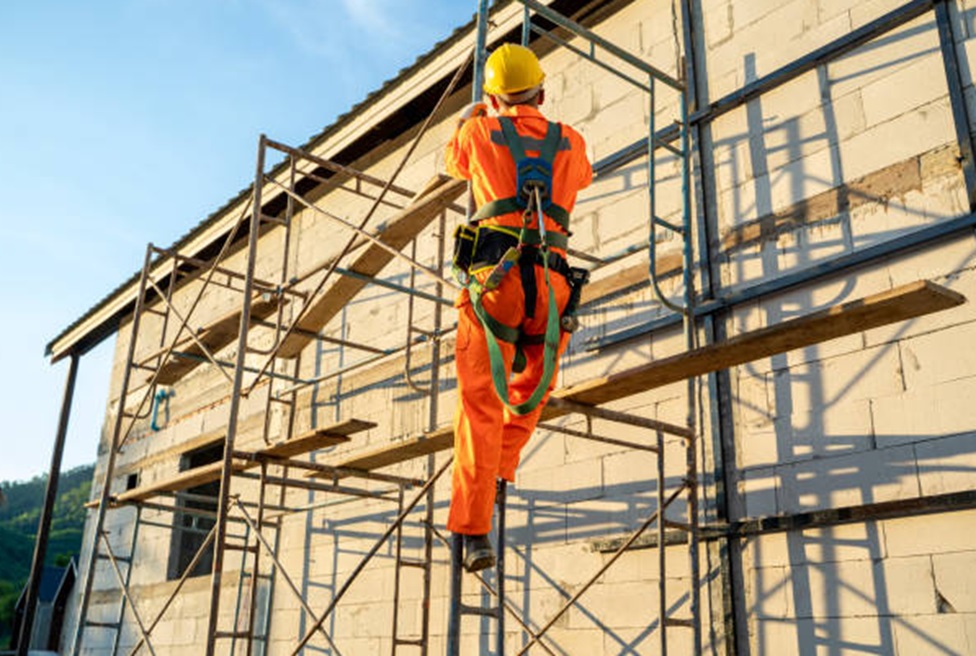Construction work is one of the most dangerous professions in the world. The workers are often exposed to a range of risks and hazards that can cause serious injury or even death. To ensure their safety, construction workers need to wear the right safety gear, and one of the most important pieces of equipment is a safety harness. But with so many options available in the market, choosing the right safety harness for construction workers can be a daunting task. In this article, we will discuss 7 key features to look for when choosing safety equipment for your workers:
1. Comfort:
The first thing you should look for in a safety harness is comfort. This feature refers to how comfortable it is for the worker to wear this harness all day long as he goes about his job duties. If you choose an uncomfortable harness, then it would be hard for him to concentrate on his work and he would end up causing accidents simply because he was uncomfortable in his gear.
2. Adjustability:
Construction sites are often chaotic environments where things change rapidly, so it’s important to have a safety harness that can be adjusted easily with one hand while wearing gloves or mittens. Look for models that have quick-release buckles at the waist belt and leg loops so that you can quickly adjust them without taking off your gloves or mittens. It’s also good to have multiple adjustment points at the back of the harness so it can fit different body types comfortably.
3. Durability:
The durability of your harness depends on its material and construction quality. If you’re looking for something long-lasting, then choose a product made from nylon webbing over polyester webbing as nylon is more durable than polyester. Also, check if it has been double-stitched or not as this will help prevent tears from developing over time.
4. Weight Capacity
Most harnesses have a maximum weight limit of 300 pounds, but there are some exceptions that go up to 500 pounds. This is important because it determines how much weight the harness can handle before it fails or causes injury to the wearer. If you plan on using a single-point lanyard (SPL), then make sure that your harness has enough strength to support your weight plus at least another 200 pounds (for safety’s sake).
5. D-Rings:
The D-ring is one of the most important parts of a construction worker’s safety harness because it allows you to attach different types of accessories. For example, if you want to carry tools on your waist belt or if you want to attach a rope or cable for additional support during work, then you need a D-ring on your safety harness. This will allow you to use multiple accessories at once without having to buy separate pieces of equipment for each one.
6. Tool Belt Compatibility
Many construction workers use tool belts while working on a project site. This makes it difficult for them to keep track of their tools when they take off their safety harnesses at lunchtime or when they’re not working on any projects at present time. To avoid this problem, you need to buy a safety harness that comes with tool belt compatibility features such as loops or pockets where you can place your tools when needed.
7. Visibility:
A good harness should be highly visible so that other people can easily spot them from a distance. This helps prevent accidents from occurring due to confusion over where your employee is working at any given time. The visibility also allows your employee to work more safely as they are aware of their surroundings at all times.
Conclusion:
Choosing the right safety harness for construction workers is crucial for their safety and well-being. Look for a harness that is comfortable, adjustable, durable, and has a high weight capacity. Make sure it has a fall arrest system, strong D-rings, and tool belt compatibility. Lastly, consider visibility to ensure maximum safety on the job site.

